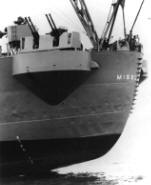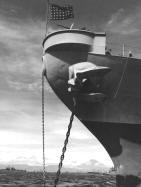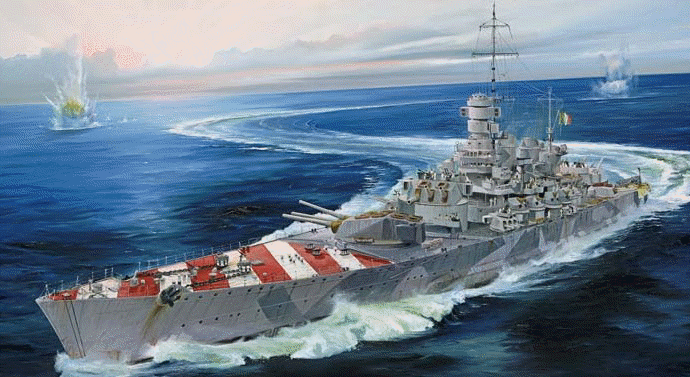|
Toll free 800 - 845-1140 |
|
Shipping
will be added to all orders, we always endeavor to give you the
best rate >>> Click for Rates. |
If you have any
questions or need help email us, call us or click here for HELP

RM Roma WWII
Italian Battleship
All 3 ships are in stock.
Roma, Littorio and Vittorio
Veneto Class battleship
DC701 1/700 Scale 13" long
440 parts with aircraft here now! - $44.95
DC701 1/350 Scale 26" long 540 parts with aircraft. $129.95
Mussolini's fascist regime fell on July
25, 1943, and efforts began immediately to arrange a cease-fire with the Allies.
Italy withdrew from the Axis Alliance on September 8, asking for, and received,
an armistice from the Allied powers. The Italian fleet, which had been gearing
up for a final attack against the Allied landings in southern Italy, was
suddenly told that its war was over, and it was to sail to Allied-controlled
ports. Fleet commander Admiral Carlo Bergamini sailed from La Spezia that night
with the battleships Roma, Vittorio Veneto and Italia, three cruisers and eight
destroyers, bound for La Maddalena, and then ultimately Malta. The ships sailed
at 22 knots down the west coast of Corsica, then turned to La Maddalena. They
had to reverse their course when it was learned that the Germans had occupied
that port.
At 3:37 on September 9, while the force was off the island of Asinara, near La
Maddalena on Sardinia, lookouts reported aircraft. The aircraft kept formation
and followed at a distance, so the Italian commander thought that they were
Allied aircraft, which had been promised to provide cover. In fact they were
German bombers, which had sortied from southern France when German intelligence
reported that the Italian fleet had sailed to surrender itself.
The first wave of bombers headed in to attack the Italian ships, but scored no
hits. The Italians opened up with AA fire and began evasive maneuvers. About 15
minutes later a second wave of Dornier 217K bombers went in for the attack.
Oddly, the dropped their bombs very early and turned way, so the Italians
thought that they would again avoid damage. But the bombs followed a shallow
glide path, and homed in on the Italian vessels. The battleship Italia was hit
first, well aft, where it caused 800 tons of flooding and jammed the rudder.
Roma was struck next, with a weapon diving into her starboard side amidships.
The weapon punched through the ship's hull, destroying an engine room and two
boiler rooms. Roma staggered out of formation, fires erupting all over the ship
from seawater arcing electrical components as she took on a severe list. A few
minutes later a second weapon struck the ship forward, abreast 'B" turret
barbette. The weapon buried itself deep in the ship before exploding and
destroying the forward engine room, starting tremendous fires. A few seconds
later a main powder magazine exploded, tossing the 1500-ton turret clear of the
ship. Fire erupted like a volcano, and the ship was rent apart. As the fireball
and smoke cleared, Roma was still afloat, but clearly her death was near. Smoke
and flame belched from the gaping hole where 'B" turret used to be, and the
tower superstructure began to slowly collapse into the damaged part of the hull.
As water poured into the vessel the crew struggled to abandon ship, and the
strength of the design bought them precious time. 622 men escape in the next 9
minutes, and then Roma finally lost her struggle. The ship rolled over, breaking
in two as it did, with the stern section sinking immediately, and the bow
section following a few minutes later. 1253 men are lost with the ship.
An official inquiry was held, to determine the cause of the sinking and if
anything could have been done to save the ship or her company. The findings were
that a new and powerful weapon had been used against her, and that two hits from
such unusually powerful bombs caused such massive damage that nothing could have
been done. The board of inquiry ruled that the Roma had been fought in the best
tradition of the Italian Navy.
It was later discovered that the ship had been the victim of a Ruhrstahl FX-1400
Radio-controlled glide bomb, also known as the Fritz-X or PC 1400 X. This weapon
weighed 3,450 pounds, and carried a 661-pound warhead. Designed for use against
warships, this weapon was visually guided by the bombardier on either an HE-111
or DE-217 bomber, and could be placed in a rather shallow (60-degree Vs a
conventional 80-degree) dive and steered to within 14 feet of a target. About
30% of those dropped in combat struck their target, a far, far better average
than for unguided bombs. Between April 1943 and December 1944, about 1,386 of
these weapons were produced; 602 were expended in testing and training. Several
more Allied ships were damaged before scientists learned to jam the control
signals. The Germans responded with a wire-guided version, but the number of
parent aircraft available was limited, as was the number of skilled bombardiers.
Each bomber could only carry one weapon, and the heavy load made these aircraft
even more lumbering than usual, so the threat of these weapons vanished as the
Allied gained control of the air.
Back to Catalogue


